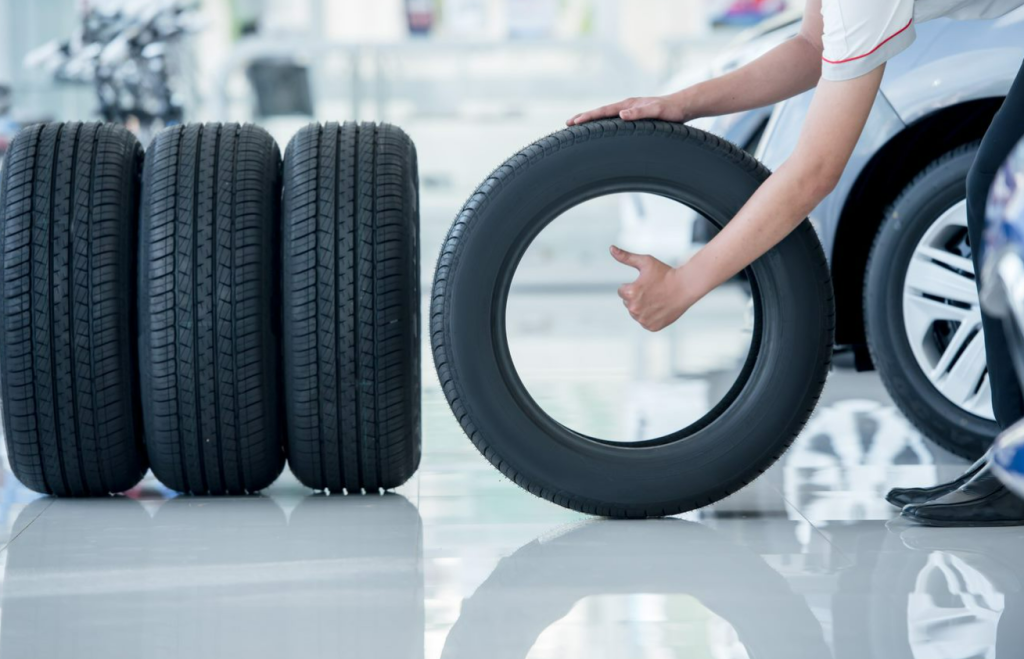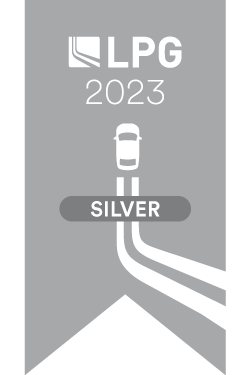Checking your tires for signs of aging, tread wear, and damage may seem a tedious task but it’s a very important one. Tire failure is an unfortunately common cause of road accidents. In most cases, these accidents could have been avoided with more diligent attention to the tires. So if you notice any of the following four issues, visit your local Chevy dealer without delay for a set of new tires.

Your Tires Are Getting Too Old
As with any car part, tires have a limited lifespan, after which they tend to become unsafe to use. Most tires will last between five and ten years. It’s wise to check the manufacturer’s recommended replacement interval for your tires and stick to that replacement deadline.If you’re unsure how old your tires are, you can often find the age of a tire printed on the sidewall in a four-digit format.
Tread Depth Is Getting Too Low
Reliable traction is the most important feature for any tire to have, and tire traction largely depends on the depths of the treads. When new, tires usually have a tread depth of around 10/32 or 11/32 of an inch. Over time, this wears down until eventually, the tire becomes bald, which means below the legal tread depth limit.
In California, the minimum legal tread depth is 4/32 of an inch for the front tires and 2/32 of an inch for the rear tires. Make sure to replace your tires when the treads become close to this lower limit.
The Air Pressure Keeps Falling
It’s important to check the air pressure of your tires at least once a month. Your Chevy may have an automatic tire pressure monitoring system to help with this.
If any of your tires are gradually losing air pressure, you might have a small, hidden puncture to deal with. It’s sometimes possible to locate and repair a small puncture. Otherwise, a punctured tire will need to be replaced.
You Find Obvious Signs of Damage
Over time, tire rubber tends to develop hairline cracks, particularly in the sidewalls. Tiny cracks or cuts are usually harmless, but if you notice any deep or long gauges in the rubber, it’s best to get rid of the tire.
Bulges and blisters are also indications of structural damage, meaning the tire is no longer safe to drive on. Likewise, embedded nails, screws, and other objects can cause serious damage; you’ll probably need a technician to check whether the puncture caused by an embedded object can be repaired.
If you’re worried about the condition of your tires, visit Lithia Chevrolet of Redding to have them checked today. We have a broad selection of new and pre-owned Chevy vehicles and our friendly, knowledgeable staff can help you find the ideal car for your preferences and lifestyle.






